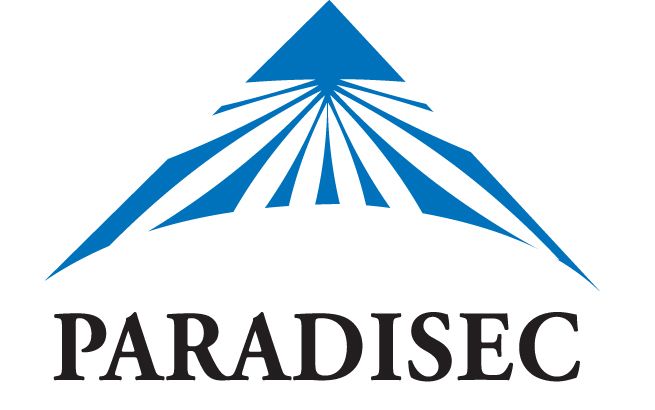Brief description
The Baduy, who refer to themselves as Kanekes, are an indigenous community living in the mountains of western Java. They secluded themselves in the 16th century, rejecting increasing foreign influences in order to preserve their view of traditional Sundanese society and values. This includes Sunda Wiwitan, a belief system that emphasizes veneration of ancestors and preserving harmony and balance with nature. They strive to preserve life in the manner in which they believe their forebears intended. The Baduy Dalam number a little over a thousand people and live in three isolated villages. They adhere strictly to the restrictions of their traditional way of life and have historically had very little contact with outsiders. In recent years, the Baduy have had increasing contact with the outside world, largely through ecotourism and the growing integration of the Buduy Luar with wider contemporary Indonesian society. These rapidly evolving social and economic circumstances mean that the Baduy language and culture are currently changing more quickly than at any time in the past. In response to the rapid transformations occurring among the Baduy, researchers from the Indonesian Education University (Universitas Pendidikan Indonesia or UPI) in Bandung teamed up with Iowa-based linguist Bill Davies to initiate a Baduy language documentation project, funded by the US National Science Foundation. Unfortunately, Bill passed away soon after the project got going, but the UPI research team continued their work in collaboration with researchers from the University of Hawaiʻi and the University of Melbourne. Some of the work from this project is presented on this website as a digital resource for the Baduy community and in order to provided information about the heritage of Baduy to the wider world. This material can be cited as follows: Kurniawan, Eri (researcher), Chye Retty Isnendes (researcher), R. Dian Dia-an Muniroh(researcher), Hernawan Sunda (researcher), Jill Beckman (collector) Documenting the endangered Indonesian language of the Baduy Dalam. Collection BAC01 at catalog.paradisec.org.au [Other Access]. https://dx.doi.org/10.26278/500Z-JN08 This material is based upon work supported by the National Science Foundation under grant BCS-1562130 to the University of Iowa. Any opinions, findings, and conclusions or recommendations expressed in this material are those of the author(s) and do not necessarily reflect the views of the National Science Foundation.Created: 12 01 2023
Data time period: 30 05 2014 to 17 11 2016
text: Indonesia
iso31661: ID
Subjects
User Contributed Tags
Login to tag this record with meaningful keywords to make it easier to discover
Identifiers


